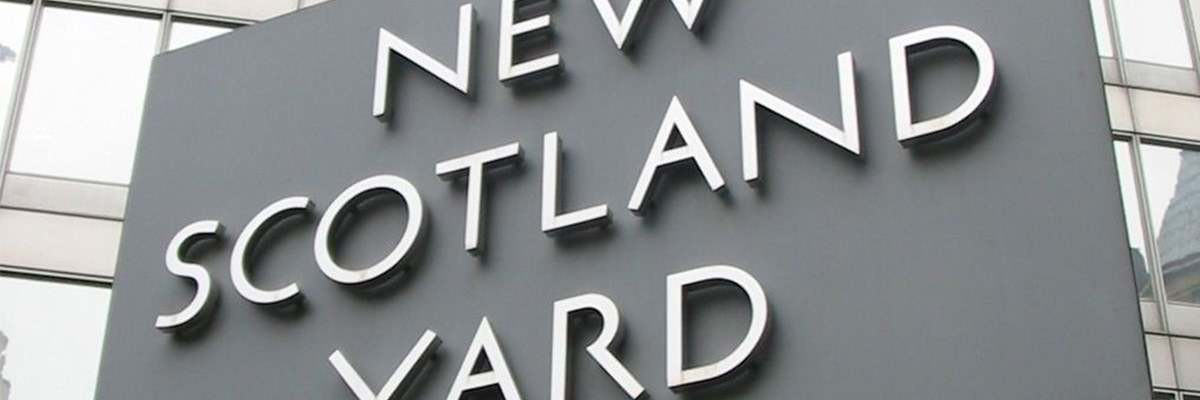A computerised nose millions of times more sensitive than a bloodhound’s has become the latest high-tech weapon in the police’s war against drugs.
For the nose following the distinctive trail of aromatic smoke from a Marijuana joint will be child’s play, this nose is capable of sniffing out the existence of a chemical on a passing asteroid.
Already being seen by the UK police as a hugely powerful weapon in its battle against drug abuse, the US ‘nose for crime’ system adds an important surveillance weapon to the police arsenal because it can allow them to know what is going on inside a building.
The space-age scientific sensing device made its debut on Mars and can detect the use of an illegal substance in a building several hundred feet away, and has already been sucessfully tested by police in the US prior to to making its way to the UK.
Using sensors miniaturised to meet the stringent weight requirements of the Mars probe, police monitoring a particular location will be able to ‘smell out’ exactly what is going on inside a building from a considerable distance away.
“We were asked by police officers whether we would be able to tell them whether a particular activity was going on within a building, and we told them that we could ,” said Jakob Trombka, Principal Investigator for the US Department of Justice’s Space Age Tele-Forensics Team and a team leader on NASA’s Near Earth Asteroid Rendezvous.
Using a chemical sensing system developed for the Mars Lander mission by NASA, the computerised noses will be first used as part of a campaign to close-down ‘crack-houses’, the back-street factories, where crack-cocaine is manufactured.
“They wanted to be able to catch people red-handed, while they were manufacturing the stuff as that takes them off the streets for longer than the lesser charges of possession of materials,” said Trombka.
So Trombka and his colleagues at Space Age Tele-Forensics developed a system capable of detecting when a crack factory was in use by monitoring background levels of chemicals in the air.
This super-sniffer works by using a clever combination of computer, optical fibre and technology to tune itself to the manufacturing process involved in the manufacture of the crack-cocaine.
“To actually make crack you have to use chlorine-based hydrocarbons, so when you start the process it instantly starts to diffuse those chemicals into the air and that is detectable several hundred feet away,” said Trombka.
Special coatings on the end of the fibre optic filaments are designed to react with tiny levels of the drug the system is looking for, having identified a particular drug the system then starts to measure the particular levels in the air to determine the location of the drug and whether it is being given out at a party or an illegal laboratory.
By using a combination of sensors set to pick up a cocktail of different drugs, monitoring police officers will even be able to build a chemical picture of what drugs are being used at a party, evidential information that until now has not been available to them.
Once the sniffer has established background levels of a drug, it settles down to wait for any changes in that pattern, any sudden increase showing that the factory being monitored has gone into production.
According to Trombka attempts by the drug industry to fool the sensors by flooding the air with huge amounts of a particular chemical may prove counter-productive as the system is set up only to react to a by-product created during the manufacturing process.
While pumping out excess traces of chlorine-based hydrocarbons will simply alert the police, via the super-sensors, to the presence of drug factories they did not know about.
Attempts to cover up the tell-tale air trail may also prove a giveaway as the use of air-conditioning or air cleaning plants will in itself be an important clue to the location of the illegal factories.
___________________________________________________________________________________________
First published Scotland on Sunday






